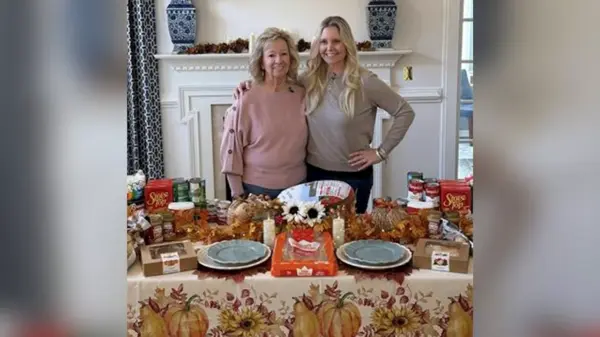URGENT UPDATE: A revealing new column from Slate’s “How to Do It” is sparking conversations about relationship boundaries and sexual preferences. Just announced, the advice column tackles a bold question about a man’s home decor featuring explicit art of female anatomy.
In a letter from an anonymous reader, identified as “Muff Madness,” she expresses concern about her date’s home, which is adorned with imagery of women’s genitalia. She questions whether this is a normal expression of art or a disturbing red flag in the relationship.
The columnists, Stoya and Rich, weigh in on the matter, asserting that while this kind of decor is unusual, it does not necessarily signal an unhealthy objectification of women. Stoya emphasizes the importance of context and communication: “Is spending time with him at his house worth being surrounded by depictions of genitalia?”
This conversation is more than just about art; it reflects broader themes regarding sexual expression and boundaries in relationships. As societal norms around sexuality evolve, understanding what is acceptable in personal spaces becomes increasingly crucial.
Another letter highlights a different dilemma: a woman grappling with concerns about her husband’s behavior at a friend’s wedding. She wonders if she should leave him at home due to rumors about his inappropriate actions. Rich advises caution, suggesting that if there are concerns about his behavior, it may be best to avoid potential social fallout.
This urgent advice resonates with many as it taps into the complexities of modern relationships. Just like “Muff Madness,” individuals often find themselves navigating uncharted territories in love and intimacy.
Furthermore, the column addresses sexual compatibility, with a third writer expressing frustration over a lackluster sex life with his wife. He notes her disinterest in foreplay and the complications of introducing a third partner. Stoya and Rich stress the importance of open communication and mutual consent, emphasizing that while exploring new dynamics can be risky, it may also lead to deeper understanding and satisfaction.
These discussions are pivotal as they encourage readers to reflect on their own relationships. The urgent nature of these questions highlights the ongoing struggle for intimacy and connection in today’s world.
As these stories unfold, many are left wondering: what lines are drawn in relationships when it comes to personal expression and behavior? For those navigating similar dilemmas, the advice offered in this column may resonate deeply.
Stay tuned for more updates from Slate’s “How to Do It,” where relationship advice meets real-world complexities. This is a conversation that invites everyone to engage, reflect, and share.








































































